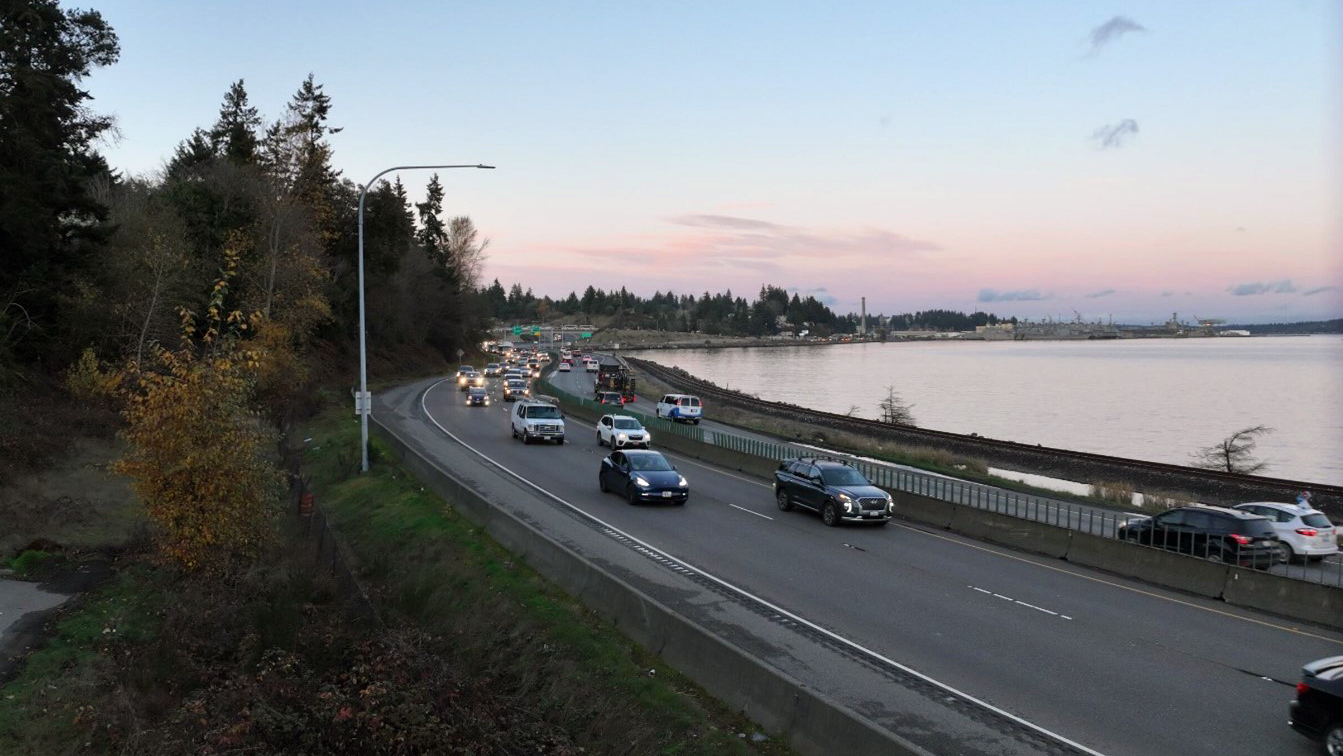Purpose and Need statements
The Purpose and Need statement is the foundation of a PEL study. The Purpose explains the problem that WSDOT is trying to solve. The Need includes the supporting data and information that shows a problem currently exists or is likely to occur. The Purpose and Need and potential environmental impacts provide the basis for developing screening criteria for evaluating the range of alternatives considered in a PEL study. Alternatives that do not meet the Purpose and Need are eliminated from future consideration.
The study team developed overarching goals that align with the Purpose and Need. These goals will help guide the PEL study and the development of alternatives.
- Equitable access: Meet the transportation needs of vulnerable populations and overburdened communities.
- Economic vitality: Efficiently move people and goods, while improving access to businesses in the study area.
- Environmental: Avoid, minimize and mitigate potential environmental impacts, including on cultural and archaeological resources, from recommended alternative(s).
WSDOT is working with advisory groups, tribes, and study partners to develop and refine the draft Purpose and Need. Please share your thoughts on the Purpose and Need on the Share your input page.
Draft purpose statements for the study
- Mobility: Improve person throughput and reduce congestion and delay for all vehicle modes.
- Safety performance: Improve existing safety performance in terms of fatal and serious injury crashes and promote designs with fewer conflicts and greater separation for vulnerable roadway users.
- Active transportation: Provide active transportation access with connections to local active transportation facilities.
- System resiliency: Implement a climate resilient design that supports anticipated future travel demand growth.

Draft need statements for the study
The following need statements support the purpose statements above.
Mobility
- The SR 3 and SR 16 corridors experience high travel demand and congestion during peak travel periods and the corridors have limited capacity to accommodate additional future vehicle travel demand.
- The SR 3 and SR 16 corridors provide important transportation and mobility for Department of Defense facilities and operations in Kitsap County, essential for troop deployment and military logistics support during a national emergency. Congestion and delay in the corridors have the potential to reduce military mobility during a national emergency.
- SR 3, SR 16, and SR 304 experience freight truck reliability and delay issues and are key freight corridors in the state, connecting key freight hubs and military facilities including the Port of Bremerton, the Naval Base Kitsap-Bremerton, Bangor, Naval Base Manchester, and other ports located in Kitsap and Jefferson Counties.
- Emergency response times are impacted by traffic congestion and a lack of shoulders along SR 3, which emergency services use to respond to emergencies and connect to regional medical facilities.
- Transportation infrastructure in the SR 3 corridor that does not meet modern vertical clearance standards hinders the movement of freight and military vehicles
Safety performance
- Crashes resulting in fatalities and serious injuries have occurred in the SR 3, SR 166, and SR 16 corridors, including crashes involving pedestrians and bicyclists.
Active transportation
- The SR 3, SR 16, SR 166, and SR 304 corridors lack dedicated active transportation facilities.
System resiliency
- SR 3 and SR 16 in the Gorst area are vulnerable to coastal hazards that include tsunami inundation, flooding from multiple sources, future sea level rise, and heavy precipitation events due to climate change. High tides combined with heavy rainfall cause periodic flooding along SR 3 that impacts mobility and resiliency of the transportation system
- The Gorst area may contain deficient structures that are vulnerable to failure following an earthquake, which would exacerbate mobility impacts to the region.
Please share your thoughts on these Purpose and Need statements on the Share your input page.
